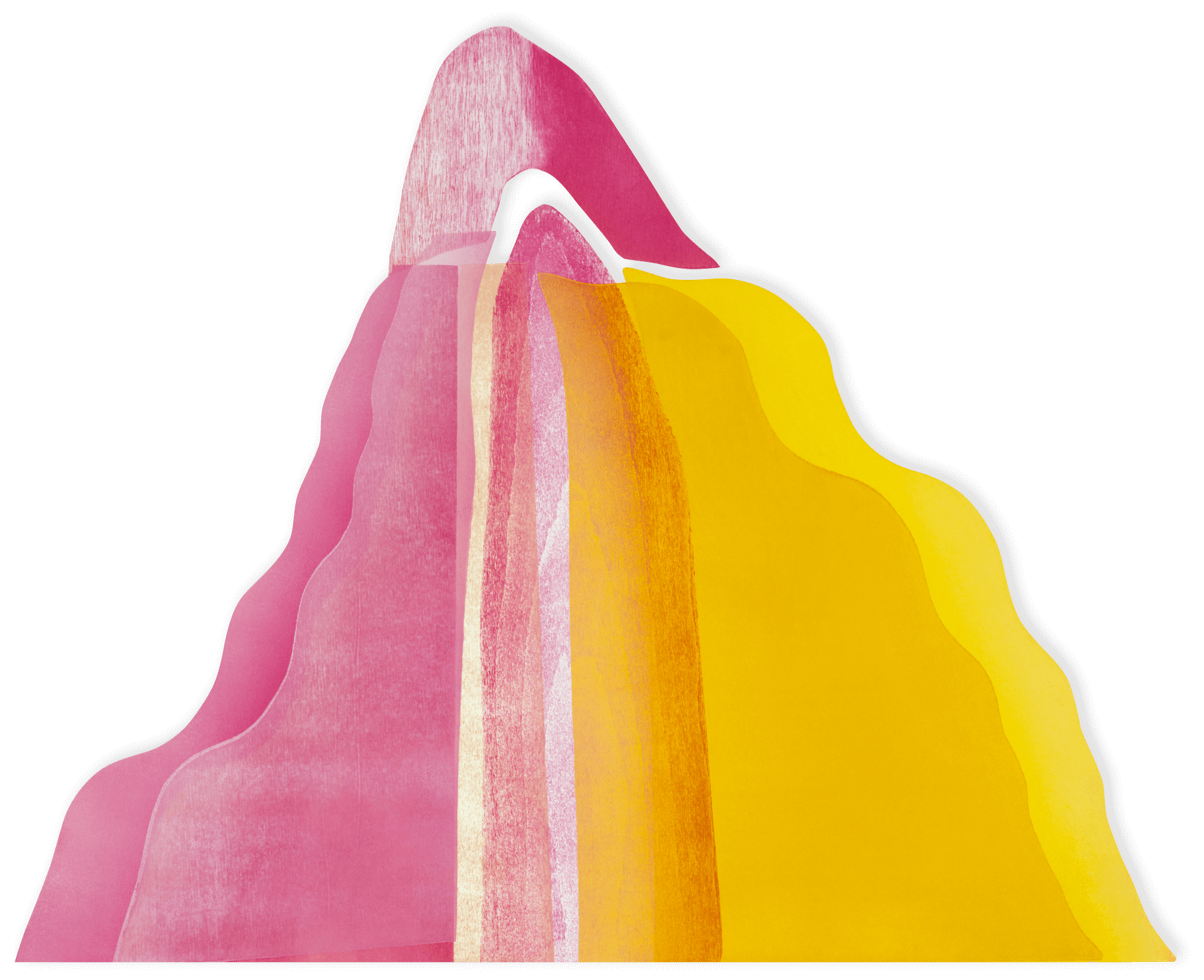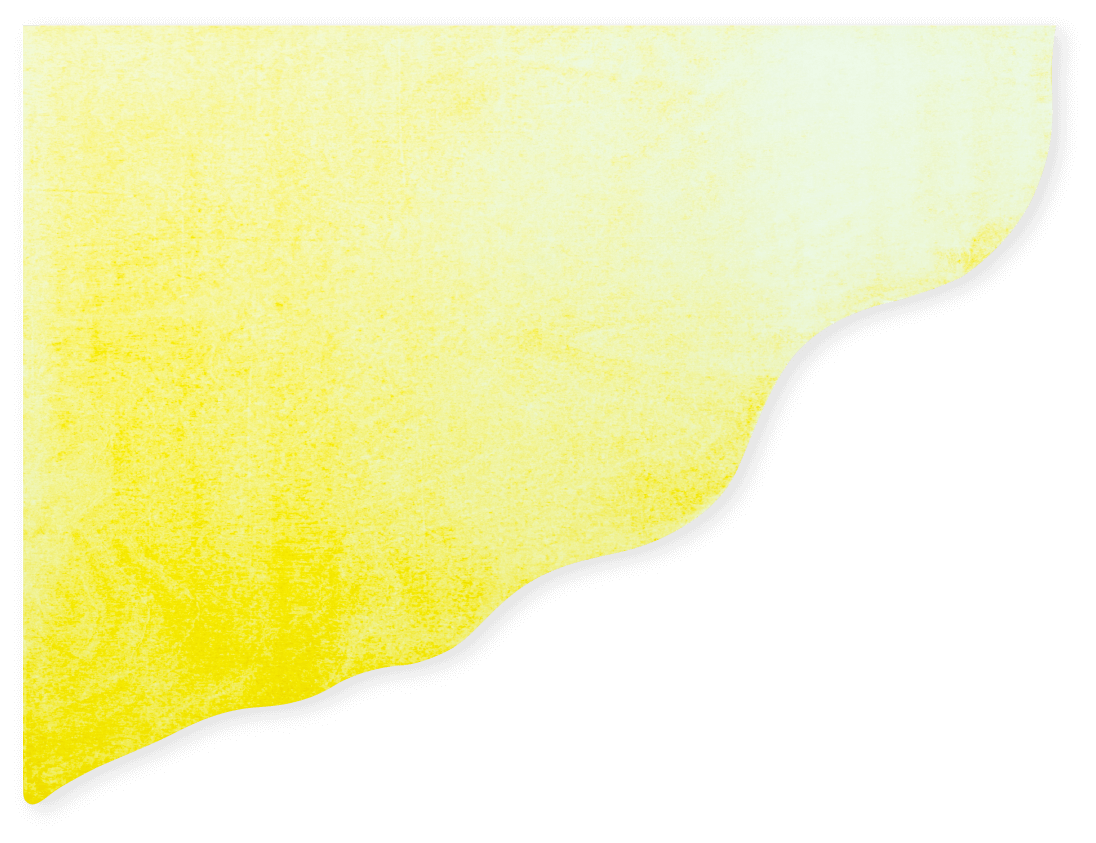
19:00
Estonia Concert Hall
Venue info + map
Tickets 25/18€
Estonian National Symphony Orchestra
Hans Christian Aavik (violin)
Conductor Kaspar Mänd
Preliminary concert at 18:00
Arvo Pärt (b. 1935) – “Estländler”
Conversation with the soloist of the evening concert, Hans Christian Aavik, and the composers of the works to be premiered, Jonas Tarm and Tõnis Kaumann. Moderated by conductor Kaspar Mänd. The conversation is held in Estonian.
Jüri Reinvere (b. 1971) – Maria Anna, Wake, in the Next Room (2021, Estonian premiere)
Helena Tulve (b. 1972) – Being Mountain I Remain Silent (2013)
Tõnis Kaumann (b. 1971) – The City of Angels (2022, premiere)
Jonas Tarm (b. 1994) – Before song (2022, premiere)
Rasmus Puur (b. 1991) – Violin Concerto (2020)
Maria Anna, Wake, in the Next Room (2021, Estonian premiere). Jüri Reinvere: “Many of my works are related to other artists: my second opera Peer Gynt refers to Edvard Grieg, Henrik Ibsen and Søren Kirkegaard, my third opera Minona to Ludwig van Beethoven and his presumed daughter Minona von Stackelberg, a whole cycle of works – including the orchestral piece Norilsk, the Daffodils and the ensemble work The Empire of May – to poets of English Romanticism. As we artists are always in dialogue with those who came before us, and hopefully with those to come after us, there is something fundamentally sympathetic to me about the idea of an homage. But the work must be independent. It must not become unsubstantial, garish or striking in its reference to others.
In Maria Anna, awake, in the next room, my conviction that we composers are essentially shaped by our closest fellow human beings played a role. I have always felt that Palestrina’s rich wife or Brahms’ kind mother is to be heard through the work of these artists. Thus, I am also certain that it was important for Wolfgang Amadé Mozart to have had Maria Anna, Nannerl, his older sister. As in my opera Minona, absence also plays a major role in Maria Anna and Wolfgang Amadé: the brother travels to Paris with his mother; the sister is not allowed to come. The brother goes to Vienna and marries, the sister to Sankt Gilgen also marrying – contact between the two breaks off. When Maria Anna learns, after his death, of her brother’s last years, she bursts into tears.
My impression of the Mozart family in Salzburg is that they were ambitious, hard-working, strict, but also courageous and enterprising. Father, mother, sister and brother formed a well-rehearsed quartet that achieved a great deal, but also loved jokes and games. In my experience, children who enjoyed such a childhood gain an understanding of grace and develop a great readiness to accept what life throws at them. Wolfgang Amadé and Maria Anna went on long journeys together as children. Both certainly saw the path they had to follow, quite early on, even though they were perhaps to go their separate ways. But I believe that the constellation of Nannerl versus Wolferl never became the subject of a drama. What may have become of Maria Anna had she had the same opportunities as her brother is a question quite foreign to that period and most likely not one that would weighed heavily on the brother and sister’s hearts – unlike fifty years later between Fanny and Felix Mendelssohn Bartholdy. Today it is easy to see Maria Anna as a ‘victim of her time’. The documents we have of her, however, bear no signs of tragedy or bitterness.
The title inspired me in two ways: the genre paintings of seventeenth century painters such as Georges de la Tour, often depicting girls at night with a candle, and the genre name of the nocturne, which Mozart already used, but quite distinct from the Romantic period. They are not pieces about the night, but music in the night. And so one can also hear this piece as a night picture featuring a woman who has gone into the next room, no longer hearing or seeing social life at all, perceiving, with melancholy, the difference to her worldly brother, but nonetheless loses neither her joie de vivre nor her confidence. This shared willingness to make sacrifices and their courage to face life unites brother and sister. It is the inheritance of their family.
My Notturno can be an introduction to a concert evening. It uses the same instrumentation as Anton Bruckner’s Sixth Symphony, unusually little percussion by my standards, but it works with the juxtaposition of sound and noise, just as documentary soundscapes play a role in many of my works. In the process, perhaps the atmosphere of a waking dream torn apart several times between consciousness and unconsciousness emerges, a nocturne of floating.”
Helena Tulve
Being Mountain I Remain Silent (2013). Helena Tulve: “The seed of this piece is a work with the same title by the jewelry artist Kadri Mälk. Instead of the comment, I would like to share a haiku by Matsuo Bashō:
horo horo to
yamabuki chiru ka
taki no oto
quietly, quietly
yellow mountain roses fall—
sound of the rapids
(translated by Makoto Ueda)
Yellow mountain rose (Kerria japonica) is a wild rose that grows on mountains in shadowy places and in Japanese the plant is called ‘yamabuki’, which means ‘the breath of the mountain’.”
City of Angels (“Inglite linn”, 2022, premiere). “This composition is carried by the theme of the system and exiting the system. In 2017, I wrote Credo where I used my invention – the so-called new modal contrapuntal motion system. Several experienced colleagues admitted that they had not heard anything like it before. It is a three-part mathematical contrapuntal motion system that creates the effect of a modal cloud and eventually brings together random bass and melodic lines, as the system goes through all 12 pitches and the chords leave a modal impression.
The piece also includes an older invention, i.e. the fulltone-semitone scales where every second pitch forms a unison and a minor second and adds its own colour to the modal cloud.
Add the melody and bass line with their own harmonic development on top of all this, and you get fascinating results.
I wanted to title this piece The Hay Cart because the horizontal and vertical layers of this composition reminded me of a famous painting. The City of Angels was an impulse from the very same painter who sent me a long picturesque description of what unraveled in their imagination while listening to this piece.” (Tõnis Kaumann)
“Laulu eel (Before song) is inspired by the well-known Estonian runic folk song Lauliku lapsepõli (The Singer’s Childhood). In this song, the singer reminisces about their early childhood. The singer recalls how mother placed their baby cradle in a field where birds sang tunes and said words to the baby, and then concludes:
All of this I put on paper,
all of this I etched into a book.
This is why I have many words,
This is why I have many songs.
In essence, Laulu eel is a prelude that explores the melody of this folk song. It fantasizes about what could have been there prior to the singer’s childhood. Laulu eel is dedicated to the memory of my beloved teacher, mentor, and friend Lyle Davidson.” (Jonas Tarm)
“As I remember, the story of this Violin Concerto started in late autumn 2017, when violinist Linda-Anette Verte turned to me to commission it. As I was quite busy at the time, I put off writing it but the thought remained at the back of my head. Although I knew the soloist, conductor and orchestra well, it was not easy to write for them. To be frank, I failed to complete it on the first try. But I continued to work on the development, form and clearer idea of the composition, and six months later I was able to put this composition on paper in one breath. After long inner reflections, doubts and struggling, which is sort of what the concerto is also speaking about.” (Rasmus Puur)
The Violin Concerto was premiered by Linda-Anette Verte with the Pärnu City Orchestra under the baton of Kaspar Mänd in September 2020 in Pärnu. Next year, the composition earned the LHV new composition award Au-tasu.
The concert of the Estonian National Symphony Orchestra has always been one of the highlights of the Estonian Music Days. This time, the orchestra will be conducted by the young and talented conductor Kaspar Mänd, who is currently Chief Conductor of the Pärnu City Orchestra and a conductor at the Estonian National Opera. He has founded renowned collectives such as Uue Tänava Orkester (New Street Orchestra) and mixed choir HUIK!. With the young internationally acclaimed violinist Hans Christian Aavik as the soloist, they will perform Rasmus Puur’s violin concerto, for which the composer received the new music award “LHV Au-tasu” last year. For this concert, new pieces have been written by the Estonian-born composer Jonas Tarm who resides in the USA, and by Tõnis Kaumann. The Estonian premiere of Maria Anna, wach, im Nebenzimmer by Jüri Reinvere – an internationally renowned German-based Estonian composer – shall also take place at this concert. The composition was completed last year and enjoyed its world premiere by the Bamberg Symphony Orchestra under the baton of Andris Nelsons in June 2021, in Bamberg. The programme also boasts Helena Tulve’s Being a Mountain I Remain Silent (“Mäena vaikin ma paljust”) from 2013.
The winner of the new music award “LHV Au-tasu 2021” will be announced at the concert.
Concert is organised in collaboration with Estonian National Symphony Orchestra.
Live-broadcast by Klassikaraadio and ERSO TV.



